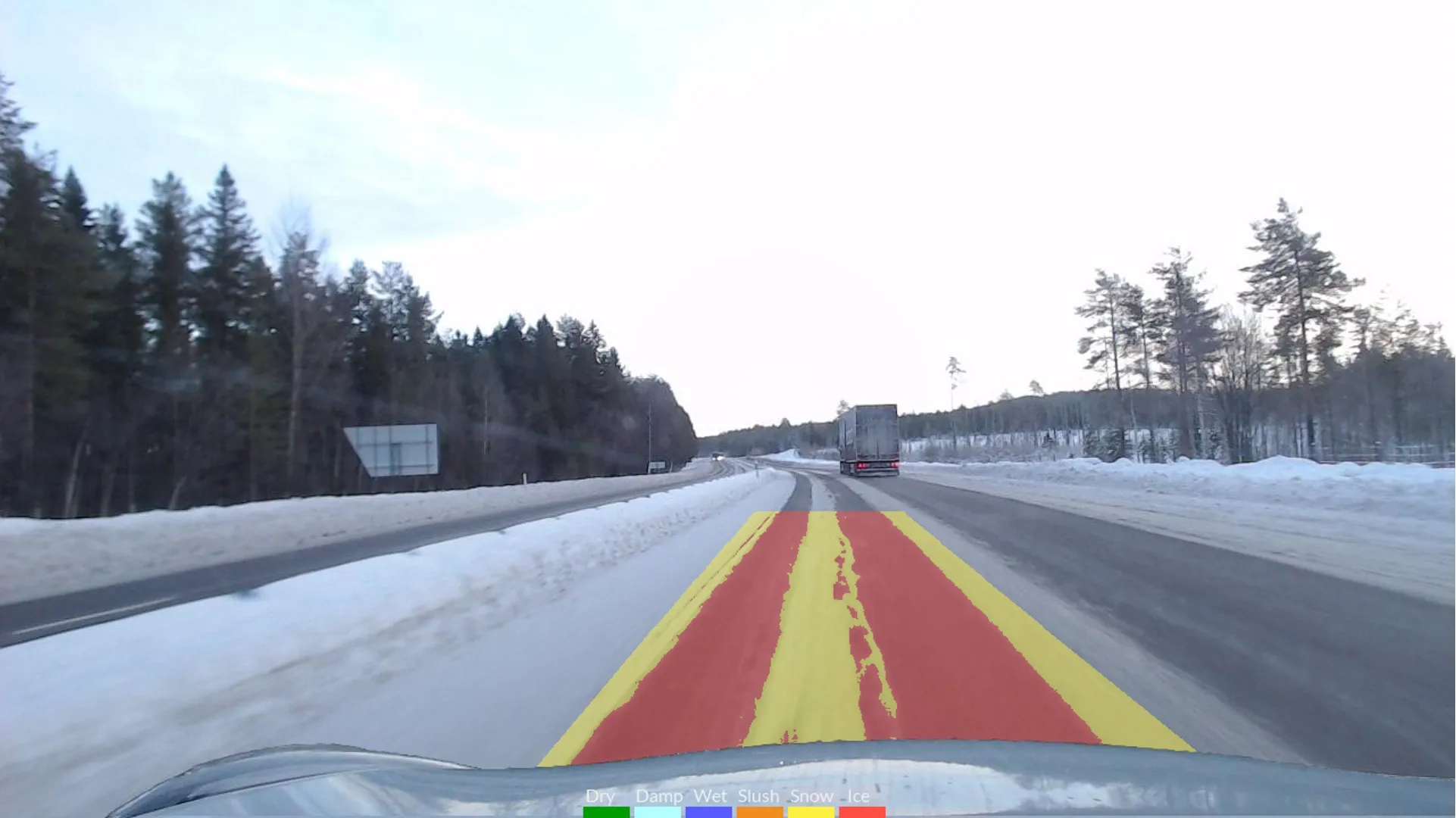
The company will also be highlighting a major success in the US where researchers at Virginia Tech Transportation Institute (VTTI) have started evaluating the safety of highway surfaces in several US states using the company’s technology.
The project, being funded by the Federal Highways Administration, will analyse continuous stretches of pavement to determine whether improving highway materials or design could reduce crashes and save lives using WDM’s Sideway-force Coefficient Routine Investigation Machine (SCRIM). The data collection phase started in Washington and will include testing in Florida, Indiana and Texas.









